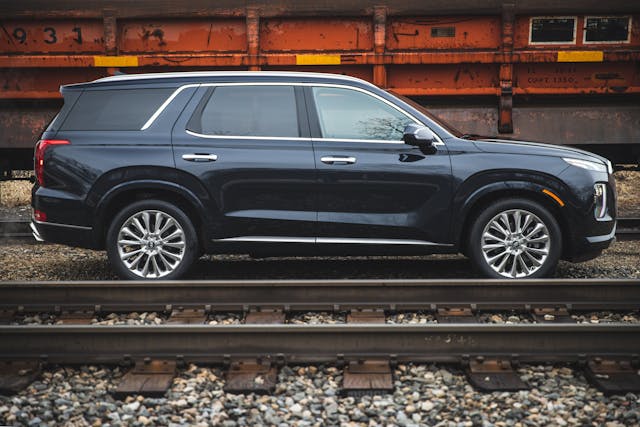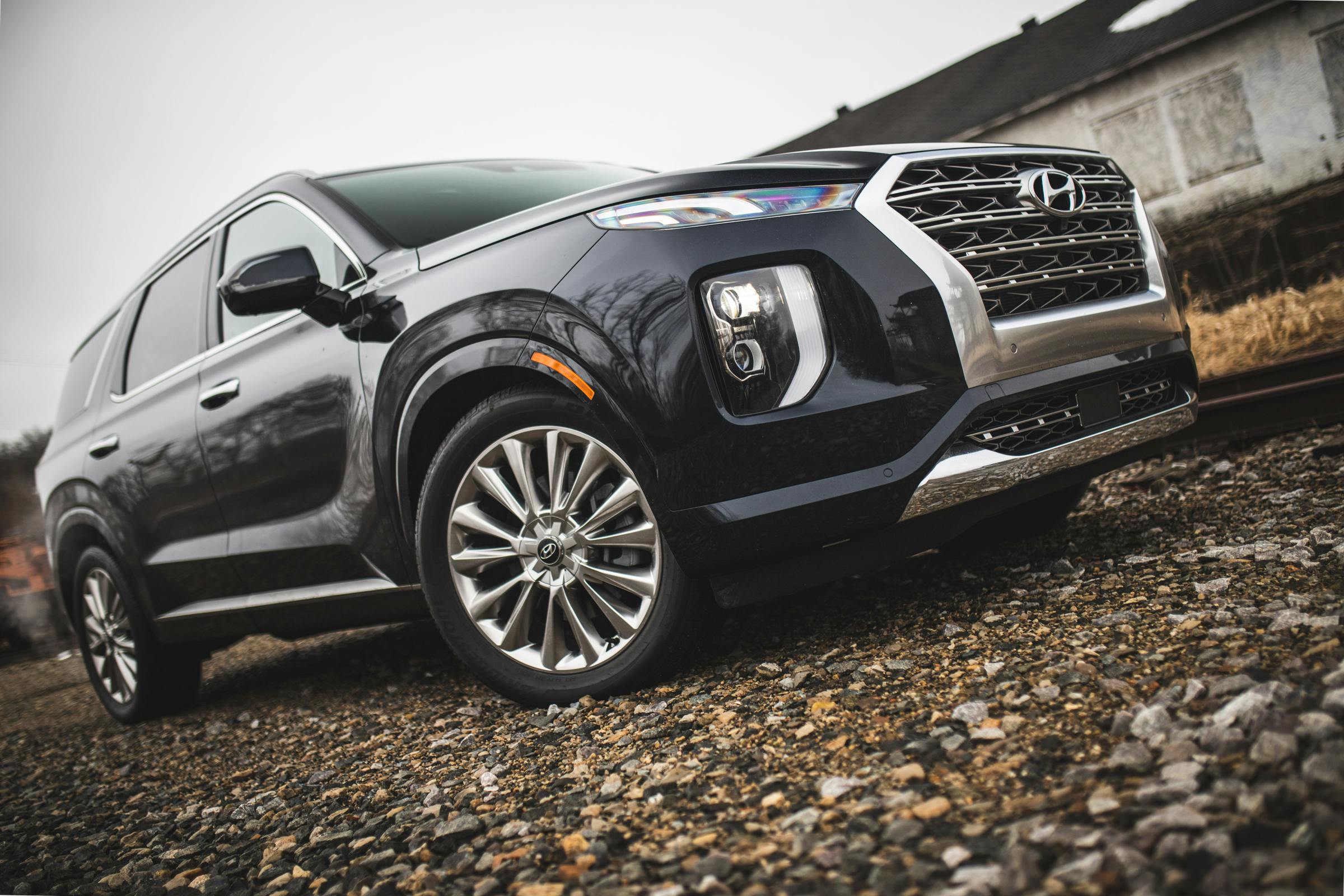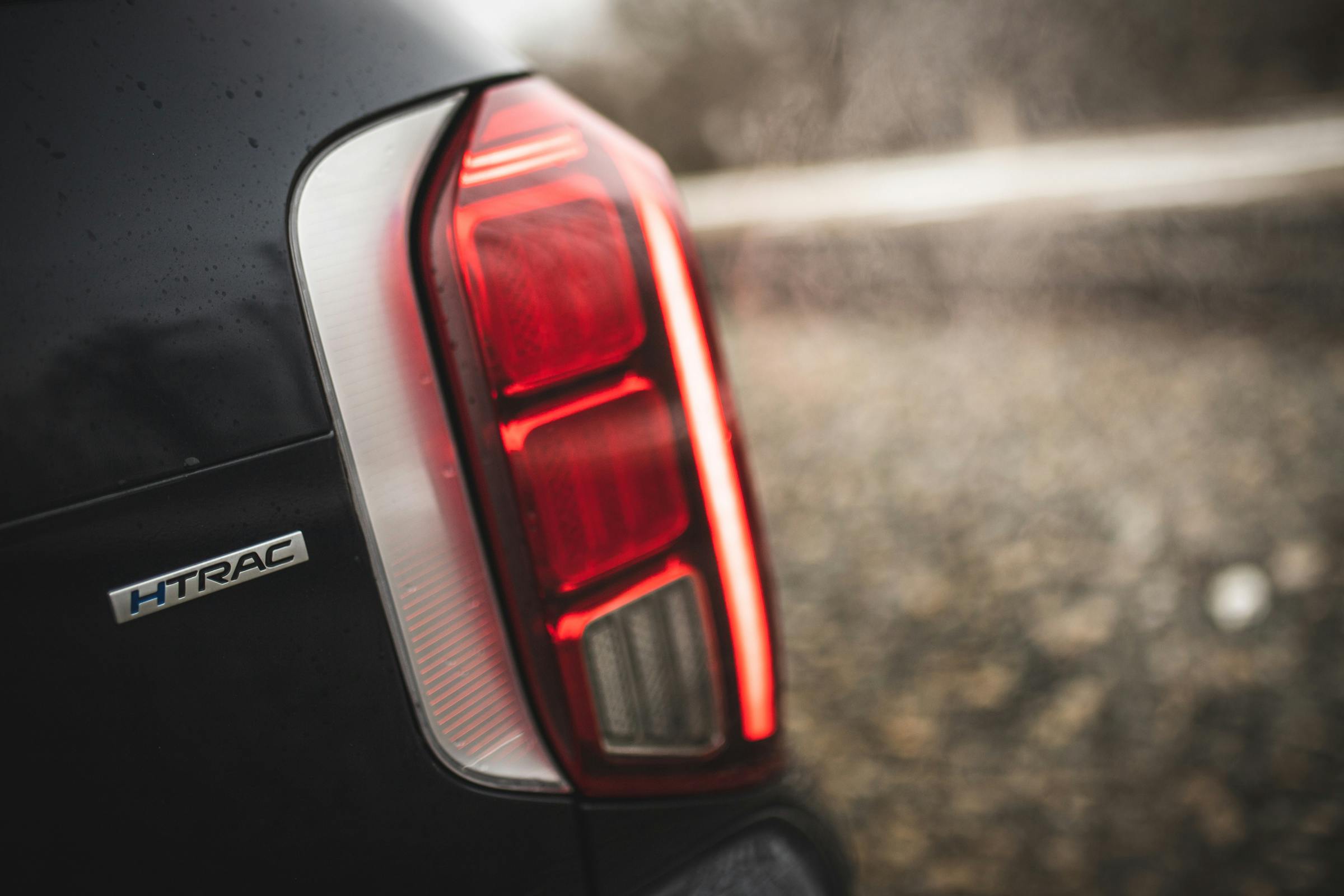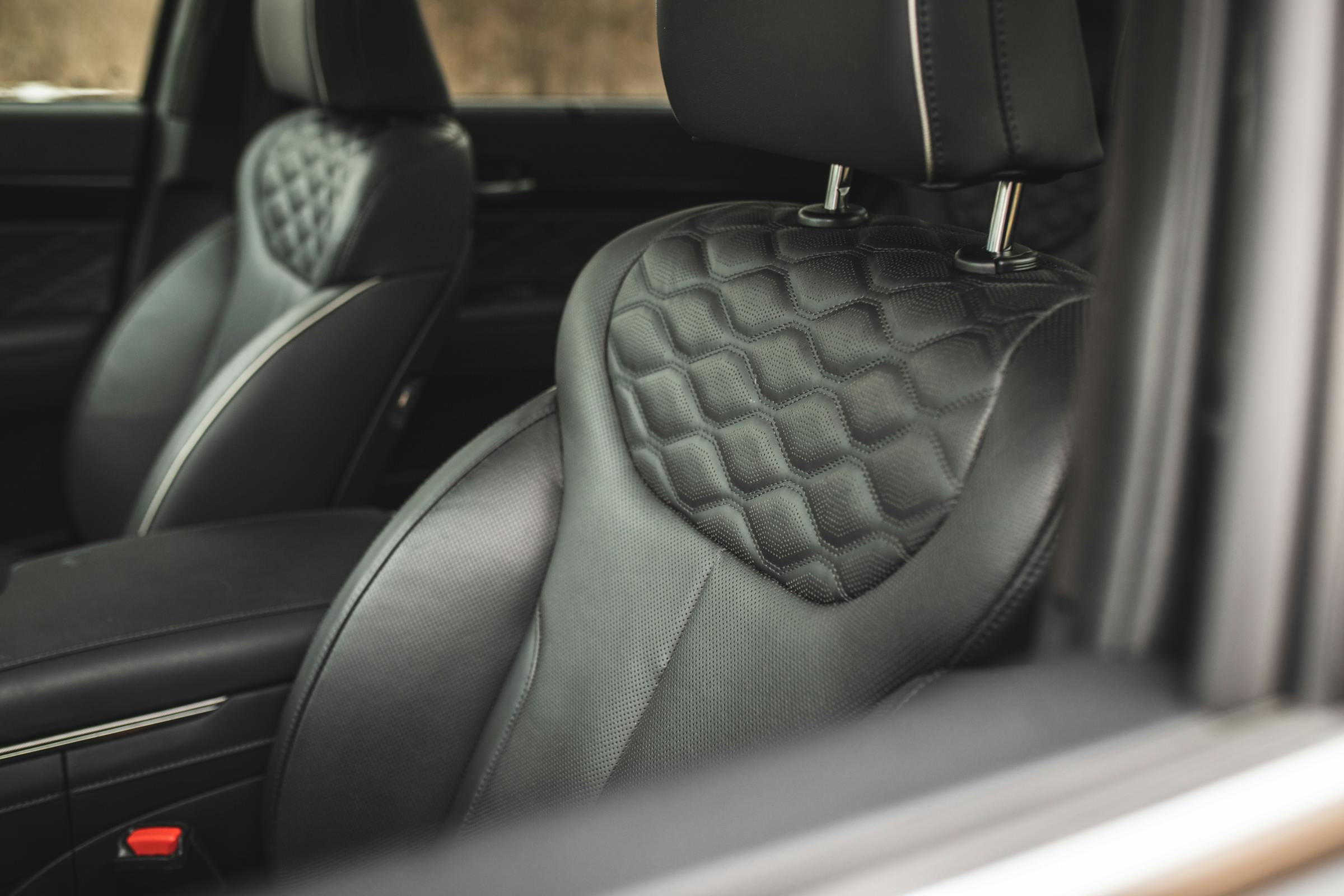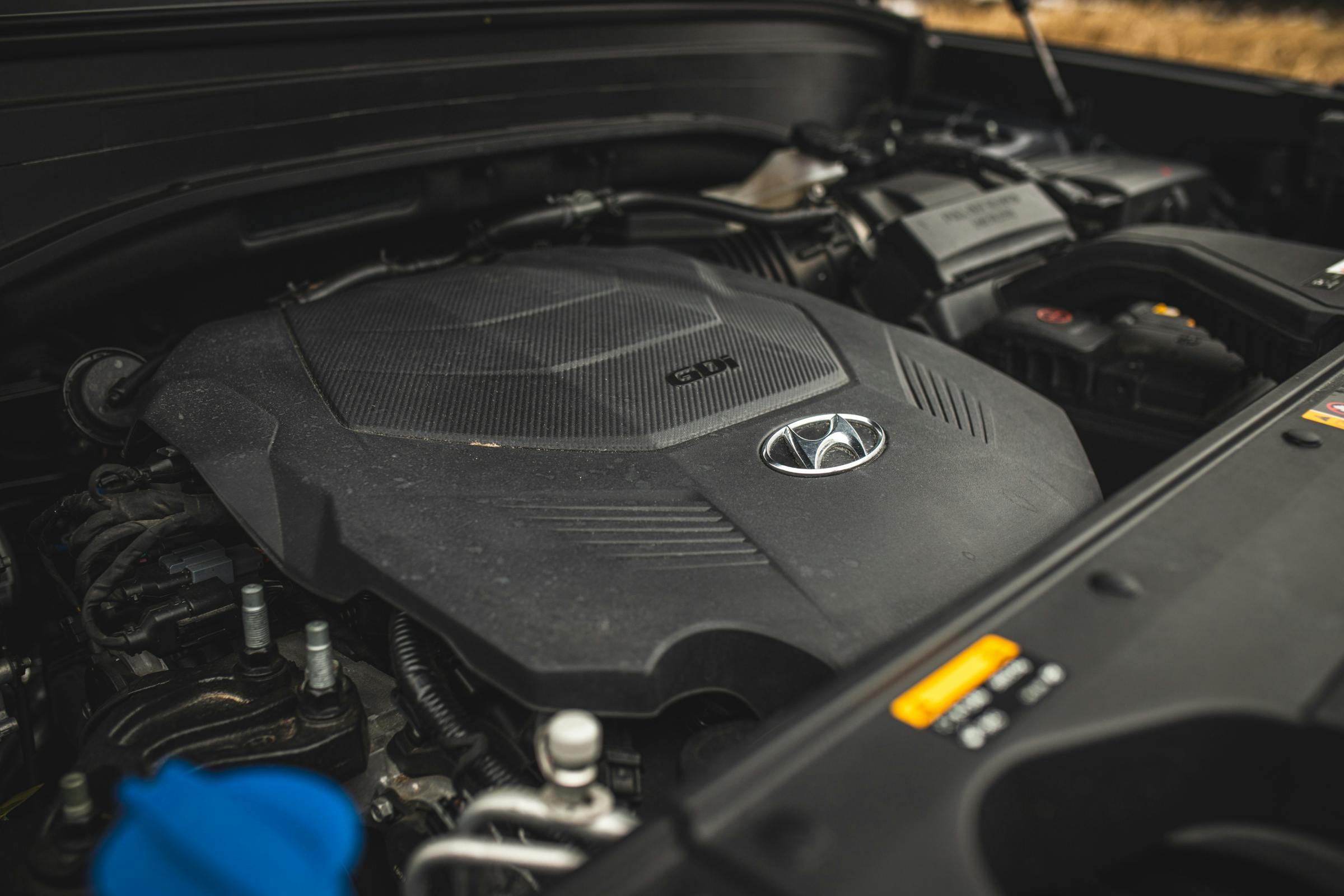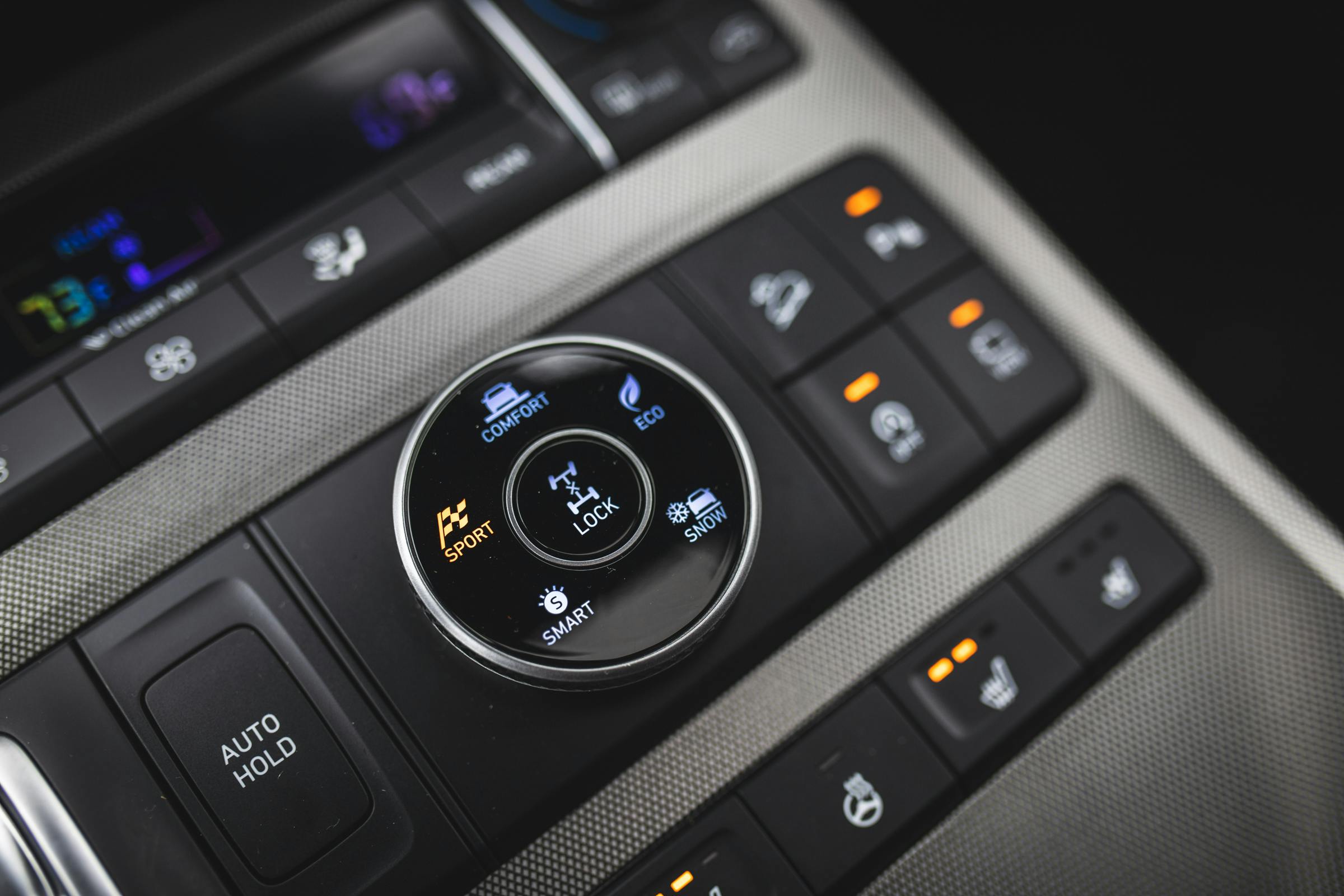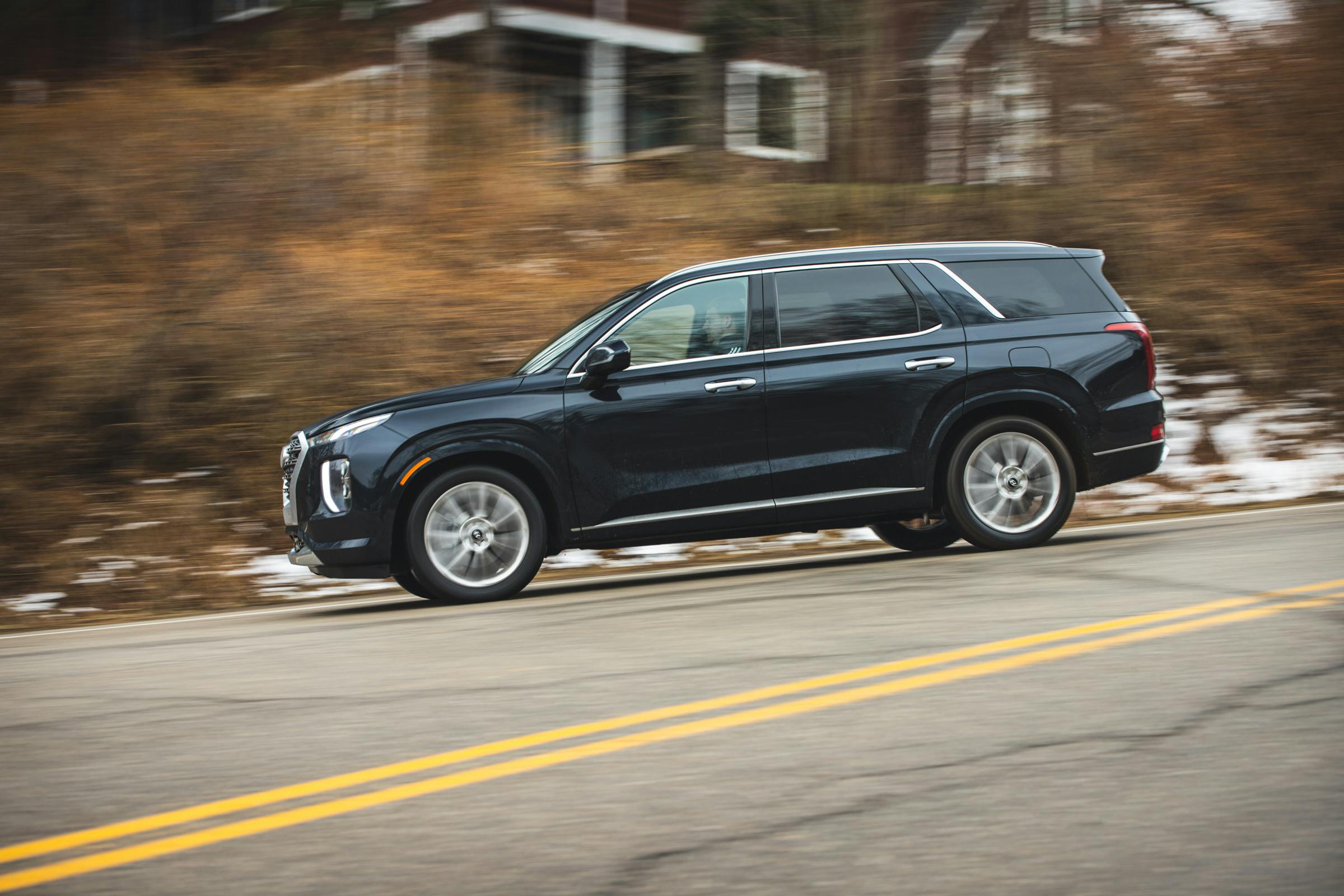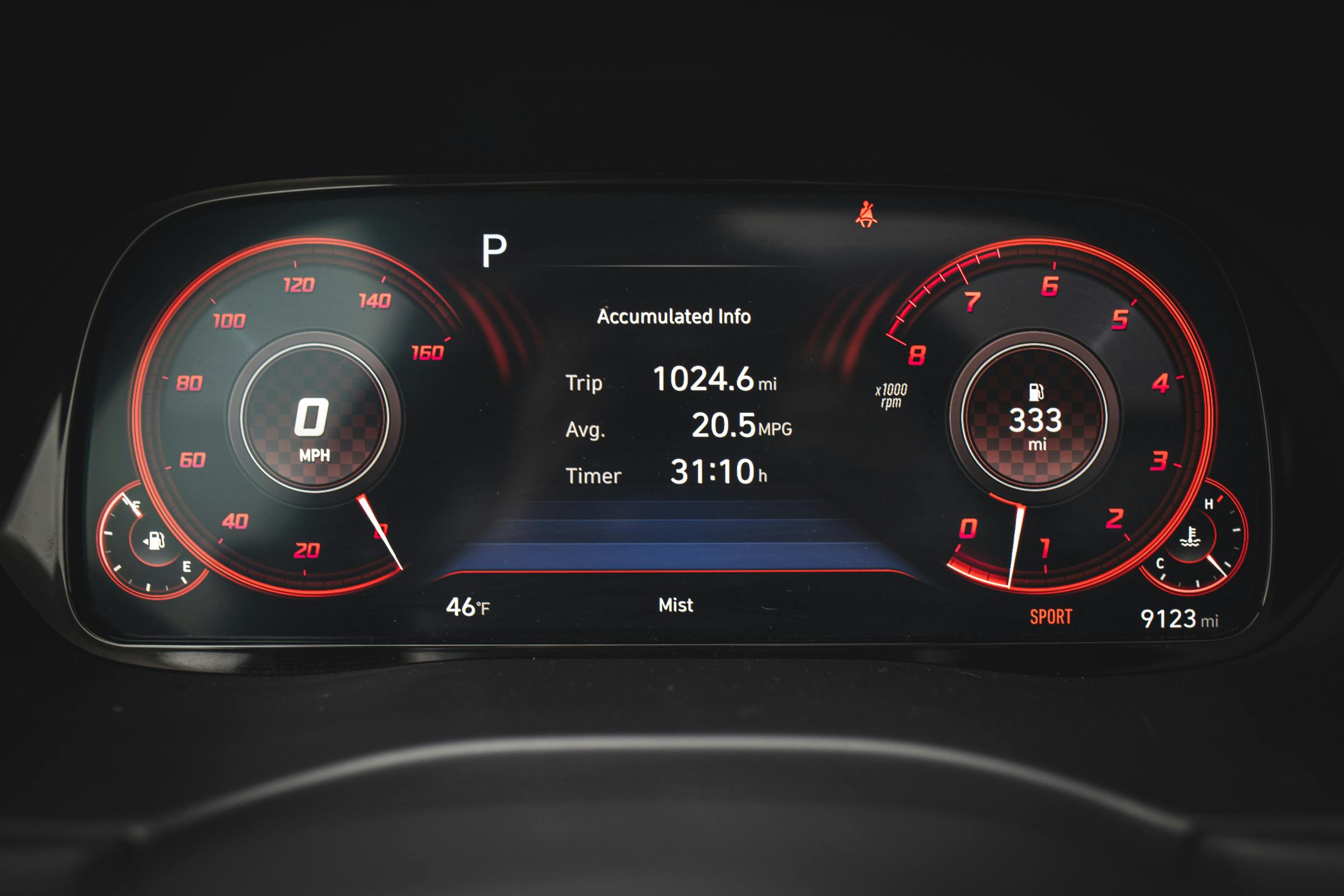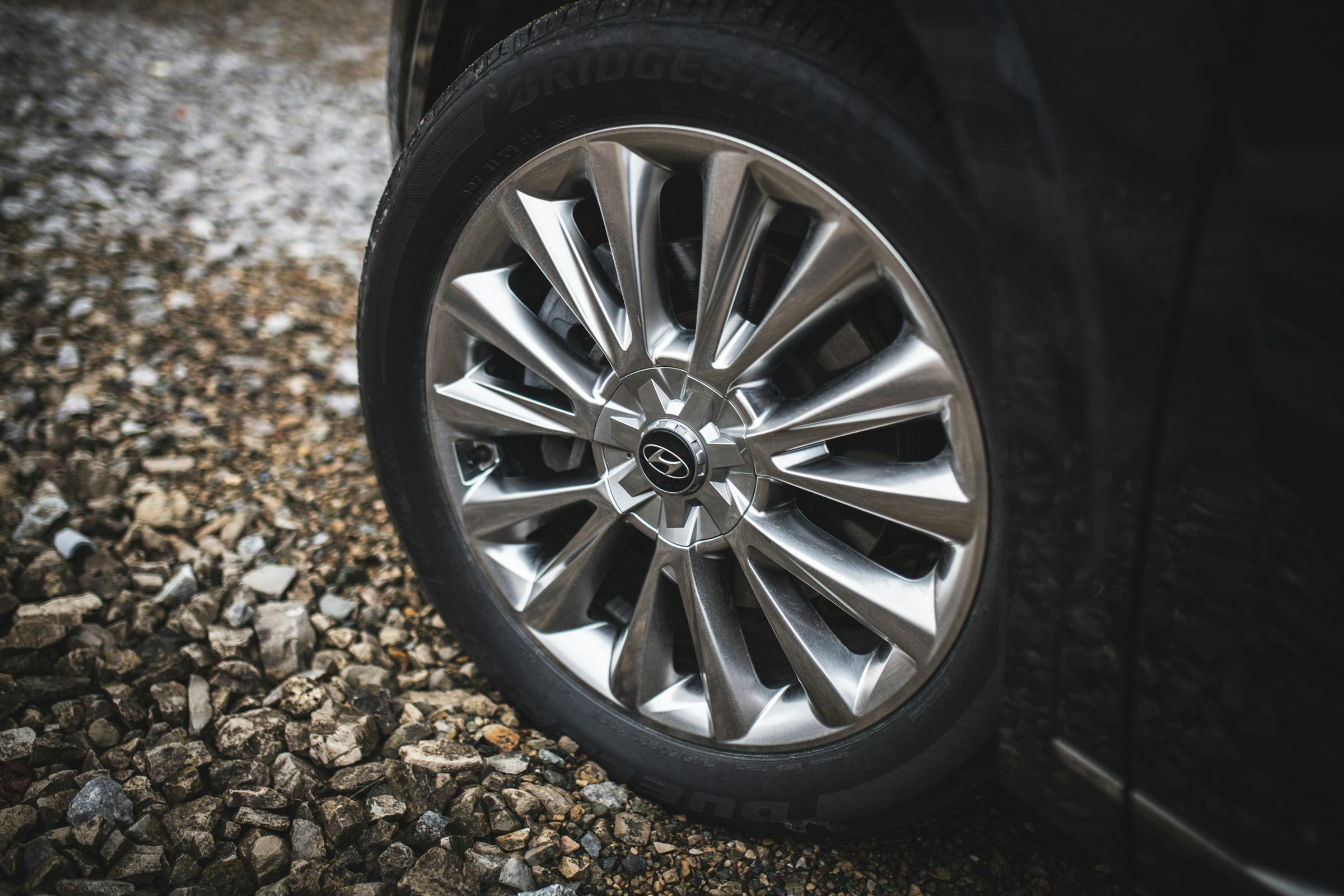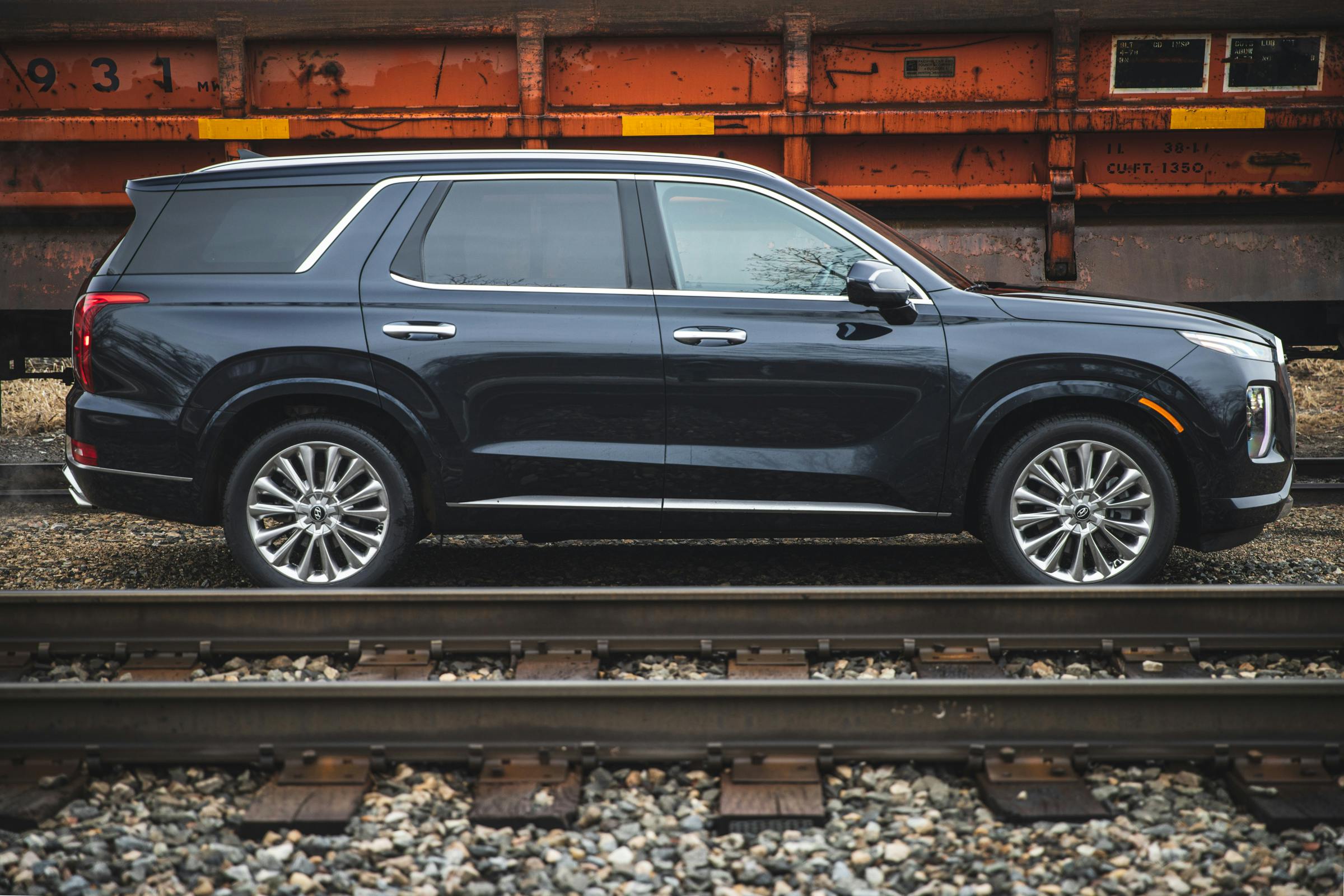Media | Articles
Hyundai’s 2020 Palisade is classy, capable, and priced just right
Hyundai has caught the eye of enthusiasts recently with its bonkers drift bus and the tasty Veloster N, and its developing N sub-brand clearly has an ear tuned to enthusiasts. However, hot-hatch fiends comprise a slim market segment. Hyundai’s appeal—and profit margin—still lies in providing high-value, acceptably-polished everyday transportation for the suburban masses. The firm’s slinky EV sedans, when they appear, will have their work cut out for them in luring the masses away from Hyundai’s feature-packed SUVs and crossovers.
Though it’s a little late to the SUV craze, the 2020 Hyundai Palisade is an object lesson in better late than never. Replacing the Santa Fe XL, the Palisade brings a level of refinement, luxury, and functionality that will shock anyone who thinks that Hyundai saves the good stuff for its Genesis sub-brand. In the U.S., the Palisade will need to convince buyers to overlook domestic offerings like the Ford Explorer and Chevy Traverse, and bypass proven nameplates like the Toyota Highlander and Honda Pilot. In the absence of a familiar model name, Hyundai will likely rely on the Palisade’s value proposition—which is excellent—to seal the deal. There’s just one problem: you can get the same proposition, with a more avant-garde wrapper, elsewhere—and maybe for a little less cash.
We first drove the 2020 Palisade last summer and were impressed with its classy design and impressive options list. Since then, we’ve spent a week with Hyundai’s biggest, most luxurious family hauler—this time in less friendly winter weather. After a further taste of southeast Michigan’s highways and city streets, we’re convinced the chaebol (that’s Korean for “big family firm”) has a hit on its hands. This is a lot of SUV for the money.
Exactly how much money? Our top-tier Limited model equipped with all-wheel drive rang in at $47,605. Hyundai doesn’t overwhelm you with many choices in the Palisade range. The mid-range SEL, offers only two packages: the $2200 Convenience Package, which adds features like wireless charger, third-row USB outlets, and a hands-free tailgate; and the $2400 Premium Package, which jazzes up the headlights with LEDs and adds heated second-row seats and power-folding third-row units. The top-tier Limited trim includes these packages as standard, and the bottom-tier SE trim comes without additional packages. Beyond that, you select straightforward things like whether you want a bench seat in the second row or a power sunroof up top. It’s a friendly order process for a parent who’s concerned with the maximum number of available belts rather than contrasting stitch colors.
The Palisade rides on the same platform and uses the same naturally-aspirated 3.8-liter V-6 as its Korean sibling, the Kia Telluride. For many customers, the choice will come down to styling. The Telluride uses the Kia brand’s new-ish (and Audi-ish, thanks to VW Group expatriate Peter Schreyer) styling language to suggest the blocky, chrome-lined menace of a Bentayga or Q7. The Palisade, on the other hand, uses a more conventional SUV shape with inventive details like a baleen maw and vertical boomerang LEDs that emphasize the height of its beltline. Around our offices in Ann Arbor, Michigan, the Palisade can be recognized at a distance; you need to get a bit closer to the Palisade in order to spot the differences from domestic seven-seaters.
Marketplace
Buy and sell classics with confidence
The Palisade’s interior is constructed from upscale (for the class) materials and styled in a straightforward manner. There’s plenty of room for almost anyone up front; parents under 5’7″ may find themselves clambering just a bit into the extensively-adjustable front seats, though. There’s no driver’s-side grab handle, you’ll want to toss any bags you’re carrying into a footwell or seat before getting settled. (The compartment below the center console between the seats is especially handy.) Once you’re in, the dash is calm and tidy, with upscale texture provided in the Limited model by aluminum trim and Harman Kardon branding on the speakers. The conservative range of interior color choices (black or grey on lower trims, with beige replacing grey as the optional light shade on the Limited) is one way Hyundai creates some space between the Palisade and the new Genesis SUV with its adventurous cockpit palette. The touchscreen is integrated into the top edge of the instrument cluster, providing a more elegant, horizontal look than the Explorer’s vertical unit or the Highlander’s blocked-off unit. Handy analog buttons for climate control and volume can be found directly below. The hazard switch follows European practice with a placement in the middle of the dash; the steering wheel offers simple controls on both sides.
All trims get Hyundai’s GDI (gasoline direct-injection) 3.8-liter V-6, which makes 291 hp at 6000 rpm and 262 lb-ft at 5200. That naturally aspirated motor is paired with a shift-by-wire, automatic eight-speed transmission with the obligatory manual shift mode (via paddle shifters). Ours was equipped with Hyundai’s HTRAC all-wheel-drive system, a $1700 option on any trim level. A dial on the center console controls the desired driving mode from Smart, Sport, Comfort, Eco, and Snow; the usual PRND choices are via nearby buttons.
The Palisade distances you from the experience of driving such a large SUV. The hushed cabin, smooth shifts, and light, numb steering give the impression of piloting a massive household appliance. I found myself dialing in Sport mode just to get back some realistic steering feel, not because I needed the accompanying slightly grabbier brake feel or more aggressive shift points. However, for long-term owners, the initial incongruity between the Palisade’s driving feel and actual bulk will fade quickly and resolve into convenience; the Palisade drives small.
The Blind View Monitor also helps mentally shrink the vehicle while driving, using a camera mounted underneath each side-view mirror to relay a view of the vehicle’s side to the digital instrument cluster when either blinker is toggled. (The feature comes standard on the Limited trim and is optional on the mid-range SEL; we’d absolutely check the box.) It’s doubly useful off the highway, since the cameras capture enough vertical space to warn you of pedestrians or bikers. When you do merge onto the highway, the engine provides adequate oomph, even for our 4387-pound, AWD-spec Palisade. If you happen to be passing an F-250 Super Duty in the Lincoln Tunnel, you’ll remember the Palisade’s bulk once again. Even broad suburban lanes frequently find the lane-keeping nanny buzzing you through the steering wheel. When racking up the highway hours, though, the adaptive cruise control pairs with the lane keeping for stress-free cruising.
With all-wheel drive and heated everything, the Palisade also made winter driving undramatic and extremely comfortable. Curbside slush and messy Target parking lots don’t faze it. However, if you’re anything approaching petite, you’ll want a generously telescoping snow scraper; the SUV’s height and breadth makes the front windshield challenging to clear.
You can get a 10.25-inch color touchscreen in either Limited or SEL models; SE Palisades make do with an 8-inch unit. The display is intuitive and quick to respond; if you get overwhelmed with Hyundai’s interface, you have the option of Apple CarPlay or Android Auto. You can also connect two phones via Bluetooth, and use one for audio streaming and the other to make calls or send texts; ideal for a family road trip.
The GPS system is extremely easy to operate on the move; you can change destination on the road with a handful of voice commands and the press of a button. The digital instrument cluster complements the main navigation touchscreen with a simplified version right in front of the driver, and the upper right hand corner of the main screen gives you a sneak peek at the next instruction. However, only the Limited-spec Palisades get the 12.3-inch, fully digital instrument display.
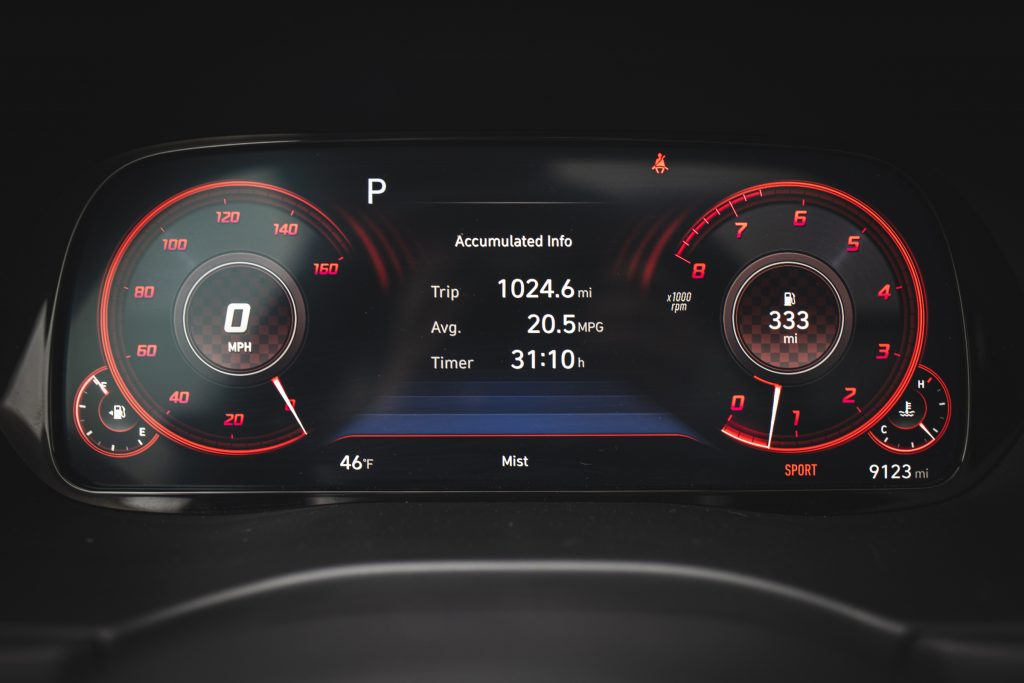
On longer road trips you’ll be well prepared to entertain passengers in Limited or Convenience-Package-equipped SEL models. In these configurations you’ll have USB ports for all three rows—for a total of seven—complete with mesh pockets for third-row smartphone users. If you need to get the attention of backseat passengers, there’s a Driver Talk intercom system; if you want to let those passengers snooze, you can channel tunes only through the front cabin audio.
We’ve harped on our Palisade’s Limited spec, and it’s probably the trim we’d pick if standing in the Nikes or Adidas of a suburbanite shopper. It’s got the mandatory people-hauling details—tons of cupholders and charging ports—and for a kid-schlepping, Trader Joes-running parent whose SUV is their second home, it’s classy and well-appointed.
The Palisade is also a much better deal than the Ford Explorer, whose third-highest trim clears 50 grand without all-wheel drive or the snazzy blind spot, blinker-activated cameras. Toyota’s Highlander, like the Explorer, offers a hybrid option and more power in any spec than the Palisade, but that higher output comes at a premium. In addition, Palisade has the Highlander beat on cargo capacity by three cubic feet and its dash is far more elegant.
However, the Palisade does lack roof- or seat-mounted DVD players and a Wi-Fi hotspot, which several of its competitors do offer. Before you slam the Hyundai, though, remember that each member of a family shopping for a $48K SUV probably carries around the most recent iPhone and likely is part of an unlimited-data plan because, when you have that many Instagram scrollers, why argue with the kids about data allowances? The Palisade might fail you and your many Netflix streamers on stretches of low-coverage highway, but that’s why you download a couple Spotify playlists before a road trip in the first place.
If you can get past its funky face, upper trims of the Palisade packs the driver-assist features and luxe yet practical interior you want for well under $50K. There’s just one little problem: The Kia Telluride costs less for each trim level and offers a decidedly snazzier look. Against this, Hyundai offers…. a higher likelihood of a dealer near you, plus the fact that the Palisade is assembled in Korea while the Kia is built here in the United States. Is KDM (Korean Domestic Market) really a thing? To answer that question for yourself, take a look at how many Kia Optimas you see on California roads with retrofitted home-market “K5” badges. It’s a thing. And in the same way that some Honda shoppers of the early ’80s would prowl dealer lots looking for those rare Accords which were built in Japan, some people today want a Korean car, not an American-made Korean car. Regardless of why someone chooses a Palisade, however, we predict satisfaction with the choice.
2020 Hyundai Palisade Limited HTRAC: $46,625 plus destination.
Pros: A lot of room, strong V-6, upscale trim, solid feel.
Cons: Not particularly handsome or distinctive. A very expensive way to drive a Hyundai, and there’s a more stylish option across the street at the Kia dealer.
Summary: This Korean-made alternative to the Telluride costs a little more, but if you like the looks, or have a good relationship with a local Hyundai dealer, it’s hard to beat.
